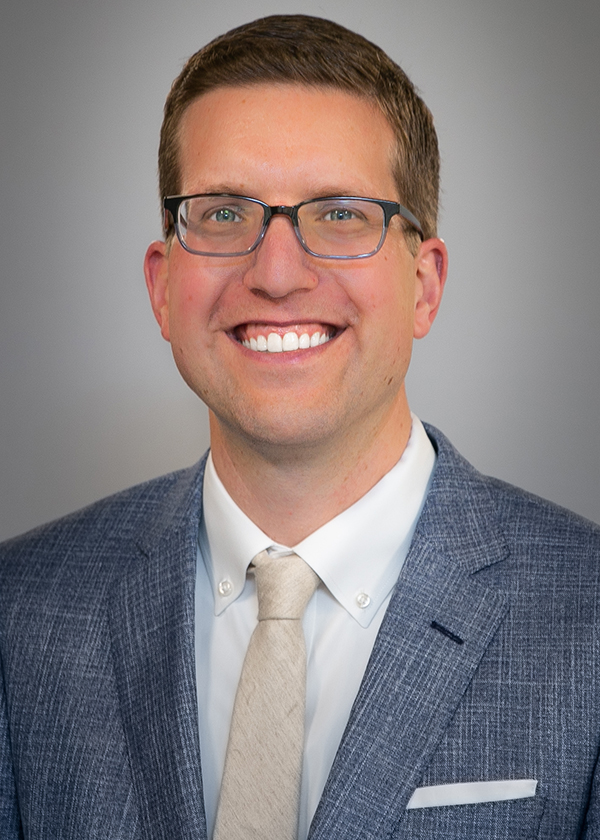Preparing for Disaster: UNM Hospital Participates in Region-Wide Emergency Training

B.E.-F.A.S.T.
Time is of the Essence When Seeking Treatment for Stroke Symptoms
Strokes are a leading cause of death and disability in the U.S., affecting nearly 800,000 people each year, according to the Centers for Disease Control and Prevention.
Experts say prevention is the first line of defense. Avoiding smoking, drinking alcohol in moderation, following a healthy diet and getting regular exercise can reduce or eliminate many of the risk factors for stroke.
“There’s a huge preventive component to it if can modify the risk factors,” says Tobias Kulik, MD, an assistant professor in The University of New Mexico Departments of Neurology and Neurosurgery and section chief of Stroke, Inpatient Neurology and Neurocritical Care at UNM Hospital.
Should stroke symptoms occur, time is of the essence, because the longer treatment is delayed, the greater the damage to the brain, Kulik says. In a timely reminder for Stroke Awareness Month he urges everyone to memorize the B.E.-F.A.S.T. formula, which spells out the warning signs to watch for and key steps to take:
- Balance – Sudden dizziness, loss of balance or coordination.
- Eyes – Sudden trouble seeing out of one or both eyes.
- Face – Check for facial weakness. An uneven smile or weakness on one side could mean trouble.
- Arms – Next, check for arm weakness. Inability to raise both arms evenly could be another sign.
- Speech – Check for impaired speech. Slurred speech or difficulty repeating simple phrases could mean a stroke.
- Time – Call 911 immediately.
Broadly speaking, there are two types of strokes, Kulik says. Around 87 percent are ischemic, caused when a vessel in the brain is blocked, depriving fragile cerebral tissue of oxygen-rich blood. The remainder are hemorrhagic, in which a breached vessel leaks blood.

There’s a list of vascular risk factors, including high blood pressure and poorly controlled diabetes – these are the most common stroke risk factors.
UNM Hospital is home to New Mexico’s first comprehensive stroke center, with expert teams on call around the clock to treat patients. “In 2020, we saw 431 ischemic and 222 hemorrhagic strokes,” Kulik says.
Patients with ischemic strokes may be treated with TPA – a clot-dissolving medication – or undergo a thrombectomy, in which a clot is mechanically retrieved from a vessel in the brain using a catheter. Other procedures can be performed to stop brain bleeds.
But the stroke center’s work doesn’t end with these emergency procedures. Once patients leave the operating room, they’re sent to recover in the state-of-the-art Neuroscience Intensive Care Unit, the only one in the state.
“It’s sort of a gem of UNM,” Kulik says, noting that the hospital is among the leaders in multimodal monitoring of patients in the ICU. “This makes a difference to a patient’s outcome when you have access to these therapies.”
UNM also operates a physical medicine and rehabilitation program and partners in the Lovelace UNM Rehabilitation Hospital, where patients can receive longer-term care following their discharge from UNMH.
It helps that UNM’s neurology, neurosurgery and interventional radiology specialists have an especially deep bench, Kulik says.
UNM Hospital is recognized as one of only five centers of excellence for the treatment of cavernous cerebral malformations – a condition in which people develop multiple small bleeds in the brain, he says. It also operates a basic science lab for intracranial hemorrhage and offers a stroke fellowship program to train the next generation of vascular neurologists.
The UNM Comprehensive Stroke Center is an essential resource for New Mexicans, because of the prevalence of stroke in the state is “pretty high,” Kulik says.
“There’s multiple reasons for it,” he says. “There’s a list of vascular risk factors, including high blood pressure and poorly controlled diabetes – these are the most common stroke risk factors.”
Widespread poverty and a population dispersed across a vast region complicate matters because many people don’t seek medical care when they should. Nearly a third of stroke patients come to UNM from outside the Albuquerque metro area, including northern or northwestern New Mexico, as well as eastern Arizona and west Texas.
“We see someone who comes here with a stroke who hasn’t seen a family doctor in decades,” Kulik says.